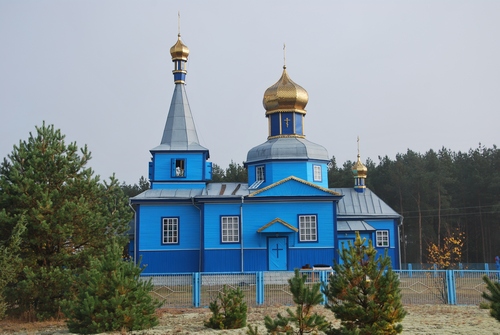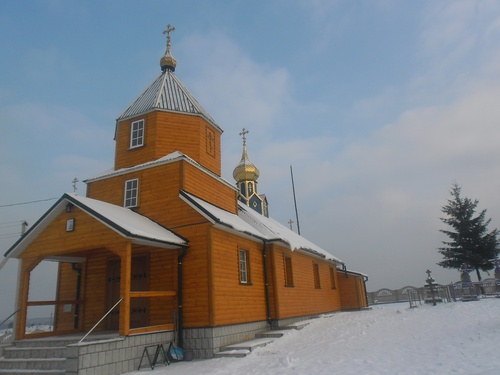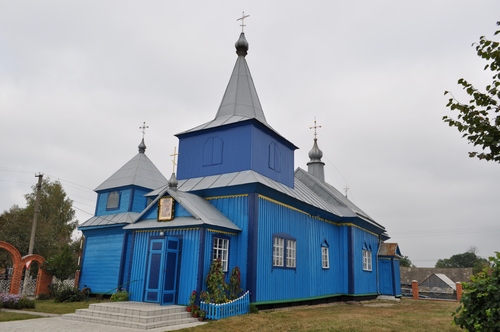Building upon the foundational idea that how fairness shapes our choices and celebrations, it is essential to explore how various cultures have historically embedded fairness into their social fabric. These traditions serve not only as moral guides but also as mechanisms for fostering trust, cooperation, and social cohesion across generations. Understanding these cultural underpinnings reveals the profound ways in which fairness acts as a universal principle, yet manifests uniquely within diverse societies.
1. Cultural Foundations of Fairness: Historical Perspectives and Indigenous Practices
a. How ancient societies embedded fairness in their social and spiritual rituals
Many ancient civilizations integrated fairness directly into their spiritual and social rituals, emphasizing moral balance and equitable treatment. For example, the Code of Hammurabi from ancient Mesopotamia was one of the earliest legal codes that codified fairness through specific laws designed to ensure justice and social order. Similarly, in ancient Egypt, Ma’at represented truth, balance, and cosmic order, guiding rulers and citizens alike to uphold fairness in governance and daily interactions.
b. The role of oral traditions and storytelling in transmitting notions of fairness across generations
Oral traditions have been pivotal in preserving and propagating fairness principles. Folk tales, myths, and legends often encode moral lessons about justice and equity. For instance, Aesop’s fables, with stories like “The Lion and the Mouse,” illustrate that fairness and kindness benefit all, regardless of social status. These narratives serve as moral compasses, guiding communities through generations without written laws, reinforcing shared values of fairness and reciprocity.
c. Examples of indigenous customs that fostered communal trust and equity
Indigenous cultures worldwide developed customs that inherently promoted fairness. The Iroquois Confederacy, for example, utilized a sophisticated system of consensus decision-making that emphasized fairness in governance, ensuring all voices were heard. Similarly, the Maasai of East Africa practiced age-set ceremonies, where communal participation and shared responsibilities reinforced social bonds and equitable treatment across age groups.
2. Rituals and Ceremonies as Reinforcers of Social Justice
a. Exploration of traditional ceremonies that symbolize fairness and equality
Rituals often serve as symbolic acts affirming fairness. In Japan, the tea ceremony (chanoyu) embodies harmony, respect, purity, and tranquility—values that underpin social fairness and mutual respect. Likewise, Native American sweat lodge ceremonies promote spiritual cleansing and community bonding, emphasizing equality and shared purpose among participants.
b. Case studies of rites of passage and communal festivals promoting social cohesion
Rites of passage like the Jewish Bar Mitzvah or Quinceañera in Latin America mark transitions with communal acknowledgment, reinforcing fairness in recognizing individual worth within the community. Festivals such as the Kumbh Mela in India bring millions together in shared rituals, emphasizing collective spiritual equality and social unity.
c. The psychological impact of ritual participation on reinforcing perceived fairness among community members
Participation in culturally significant rituals enhances feelings of belonging and fairness. Social identity theory suggests that shared rituals foster group cohesion and reinforce moral standards. For example, studies show that community festivals increase perceptions of fairness and trust among participants, strengthening social bonds.
3. Norms and Laws Derived from Cultural Traditions
a. How customary laws reflect shared notions of fairness within cultures
Many societies’ customary laws originate from traditional norms that emphasize fairness. For example, the Chinese concept of “Li” encompasses rituals, manners, and social hierarchy, promoting harmony and fairness. Indigenous Australian laws based on kinship and reciprocity also exemplify how customary norms shape social justice.
b. The evolution of traditional conflict resolution methods and their fairness principles
Traditional conflict resolution often centers on restoring balance and fairness. The Maori of New Zealand utilize “Whakawhanaungatanga,” emphasizing kinship ties and community consensus to resolve disputes. These methods prioritize fairness over punitive measures, fostering social cohesion and trust.
c. Cross-cultural comparisons of fairness-based legal frameworks rooted in tradition
Comparative studies reveal that many legal systems, such as Islamic Sharia law or the customary laws of African tribes, embed fairness principles rooted in cultural values. These frameworks often emphasize justice, restitution, and communal harmony, illustrating how tradition informs contemporary notions of fairness.
4. Cultural Symbols and Narratives Supporting Fairness and Social Bonds
a. The significance of stories, myths, and legends in illustrating fairness ideals
Symbols and narratives serve as moral guides. The Greek myth of “The Judgment of Paris” underscores fairness and beauty, cautioning against superficial judgments. Similarly, the African story of “Anansi the Spider” teaches wisdom, sharing, and fairness in community life.
b. Symbols and art forms that embody social justice and communal harmony
Art and symbols like the Yin-Yang represent balance and fairness in Chinese philosophy. Indigenous totem poles and murals often depict community values, reinforcing social bonds and moral principles across generations.
c. The influence of cultural narratives in shaping moral expectations and behaviors
Cultural stories shape moral behavior by illustrating ideals of fairness. For instance, in Indian epics like the Mahabharata, characters exemplify justice and righteousness, guiding societal norms and individual conduct.
5. The Role of Generosity and Reciprocity in Cultural Contexts
a. Cultural practices that promote sharing and mutual aid as fairness mechanisms
Practices such as the potlatch among Indigenous Pacific Northwest tribes exemplify reciprocal generosity, where wealth redistribution affirms social hierarchy and fairness. In Scandinavian cultures, “Jule” festivities involve communal feasts emphasizing sharing and mutual aid.
b. Festivals and communal events centered around reciprocal exchanges
Events like the Chinese New Year’s red envelopes symbolize giving and sharing, reinforcing fairness and social bonds. Such festivals serve as opportunities for communities to reaffirm reciprocal relationships.
c. How these practices strengthen social bonds beyond individual fairness
Reciprocal exchanges foster trust and solidarity, creating social safety nets. Research indicates that cultures emphasizing gift-giving and sharing tend to have higher levels of social capital and community resilience.
6. Challenges and Transformations: Modern Adaptations of Traditional Fairness Practices
a. The impact of globalization and modern values on traditional fairness customs
Globalization introduces diverse values that sometimes challenge traditional fairness norms. For instance, Western individualism may conflict with communal sharing practices, leading to adaptations or declines of traditional customs.
b. Case studies of cultural shifts that alter fairness-related rituals or practices
In many indigenous communities, modernization has led to the erosion of customary dispute resolution methods, replaced by formal legal systems. However, some cultures have integrated traditional principles into new frameworks, such as restorative justice programs inspired by indigenous practices.
c. Opportunities for integrating traditional fairness principles into contemporary social norms
Efforts to incorporate cultural fairness principles into modern contexts can enhance social cohesion. For example, community-led conflict resolution initiatives often draw on indigenous and cultural wisdom to promote fairness and reconciliation.
7. From Tradition to Broader Society: How Cultural Practices Influence Modern Social Justice Movements
a. The legacy of cultural fairness traditions in contemporary activism
Many social justice movements draw inspiration from cultural traditions emphasizing fairness. For example, the civil rights movement in the United States echoes indigenous and African philosophies of justice and equity, fostering collective action based on shared moral values.
b. How community-based fairness practices inspire social reform efforts
Grassroots initiatives often revive traditional practices like communal dialogues and restorative justice, demonstrating their relevance in addressing modern social issues and promoting fairness at societal levels.
c. The importance of respecting cultural diversity in promoting global social bonds
Recognizing and valuing diverse cultural fairness practices fosters mutual respect and understanding. Embracing this diversity is crucial for building cohesive global communities committed to social justice.
8. Bridging Cultural Traditions and Parent Themes: Reinforcing Fairness in Choices and Celebrations
a. How traditional cultural fairness practices inform modern celebrations and collective choices
Modern events often incorporate traditional fairness elements, such as inclusive decision-making in community festivals or equitable distribution of resources during celebrations. These practices foster a sense of shared ownership and social trust.
b. The role of cultural authenticity in fostering social trust and cohesion within diverse communities
Maintaining authentic cultural practices enhances social bonds, especially in multicultural settings. When communities honor their traditions, they reinforce a collective identity rooted in fairness and mutual respect.
c. Reflection on the interconnectedness of fairness, cultural identity, and social bonds throughout history
Throughout history, fairness embedded in cultural practices has been a cornerstone of social stability. Recognizing this interconnectedness helps us appreciate the richness of cultural diversity and its vital role in shaping cohesive, fair societies.















